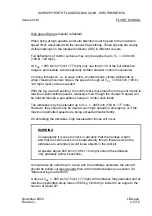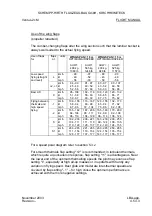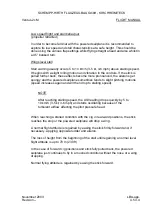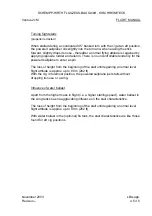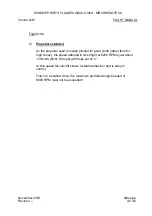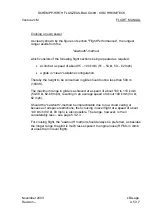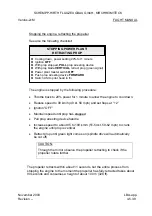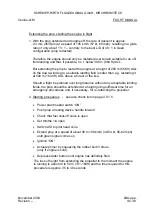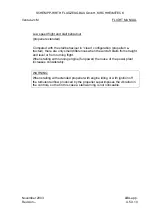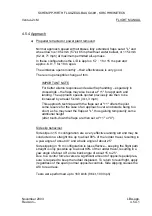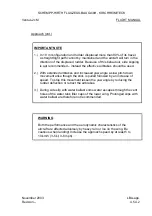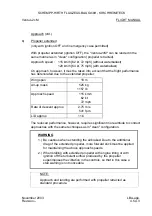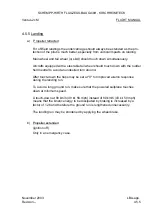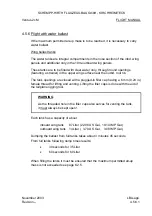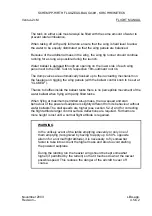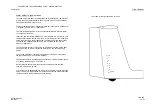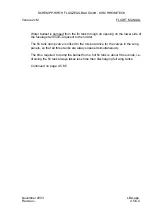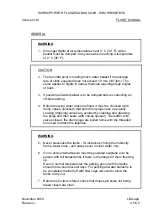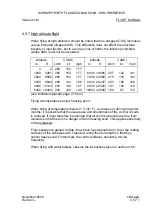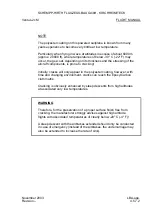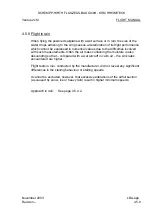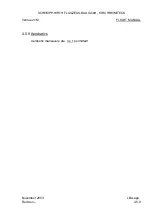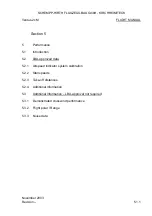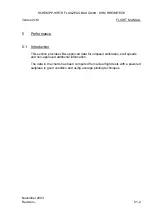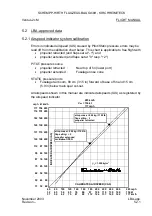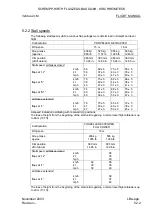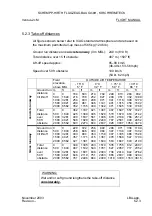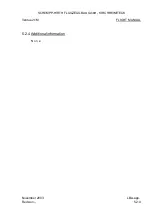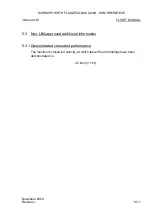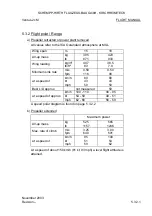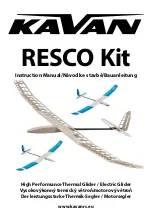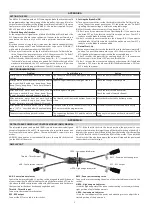
SCHEMPP-HIRTH FLUGZEUGBAU GmbH., KIRCHHEIM/TECK
Ventus-2cM
FLIGHT MANUAL
The tank on either side must always be filled with the same amount of water to
prevent lateral imbalance.
When taking off with partly full tanks, ensure that the wing is held level to allow
the water to be equally distributed so that the wing panels are balanced.
Because of the additional mass in the wing, the wing tip runner should continue
running for as long as possible during the launch.
Water ballast is dumped through an opening on the lower side of each wing
panel next to the inbd. root rib, respective 18m-outboard root rib.
The dump valves are automatically hooked up to their actuating mechanism on
the fuselage on rigging the wing panels (with the ballast control knob to be set at
"CLOSED").
Thanks to baffles inside the ballast tanks there is no perceptible movement of the
water ballast when flying with partly filled tanks.
When flying at maximum permitted all-up mass, the low speed and stall
behaviour of the powered sailplane is slightly different from its behaviour without
water ballasts The stall speeds are higher (see section 5.2.2) and for correcting
the flight attitude larger control surface deflections are required. Furthermore
more height is lost until a normal flight attitude is regained.
WARNING
In the unlikely event of the tanks emptying unevenly or only one of
them emptying (recognized by having to apply up to 50 % opposite
aileron for a normal flight attitude), it is necessary to fly somewhat
faster to take into account the higher mass and also to avoid stalling
the powered sailplane.
During the landing run the heavier wing should be kept somewhat
higher (if permitted by the terrain) so that it touches down at the lowest
possible speed. This reduces the danger of the aircraft to veer off
course.
November
2003
LBA-app.
Revision --
4.5.6.2
Содержание Ventus-2cM
Страница 11: ......

